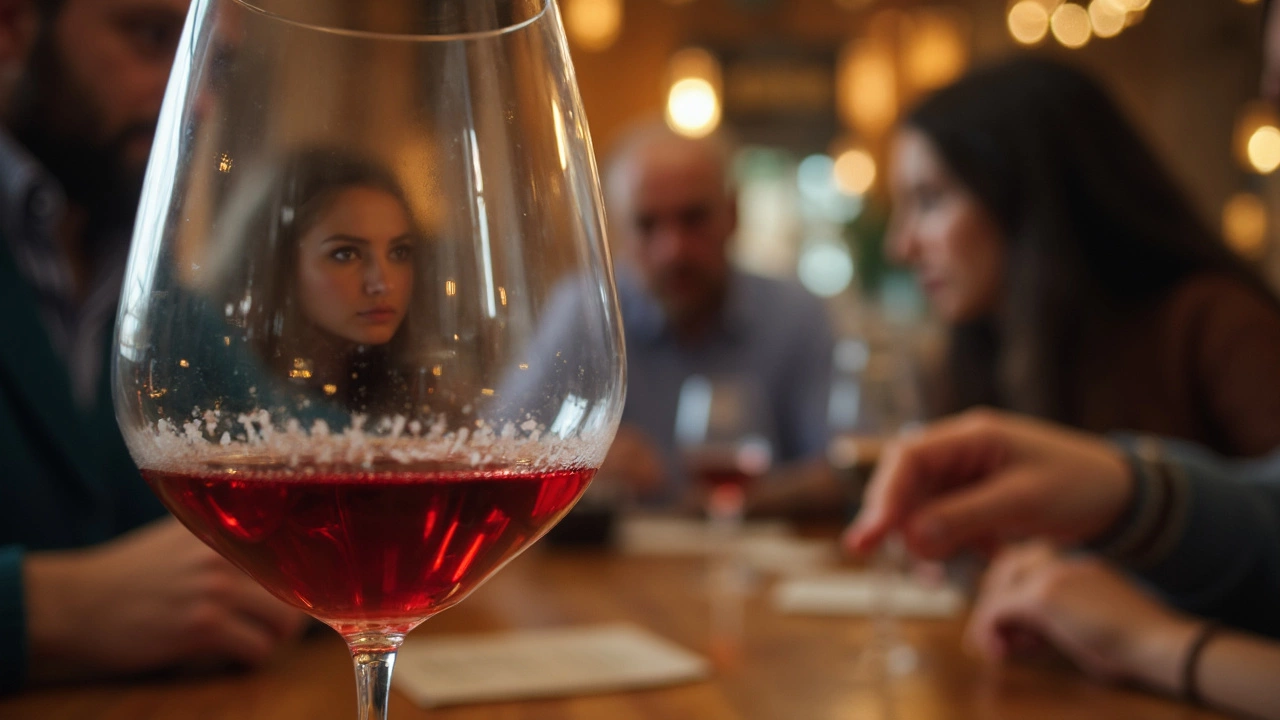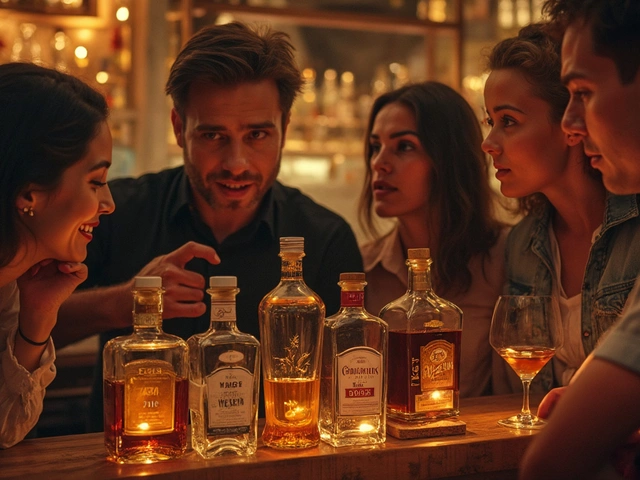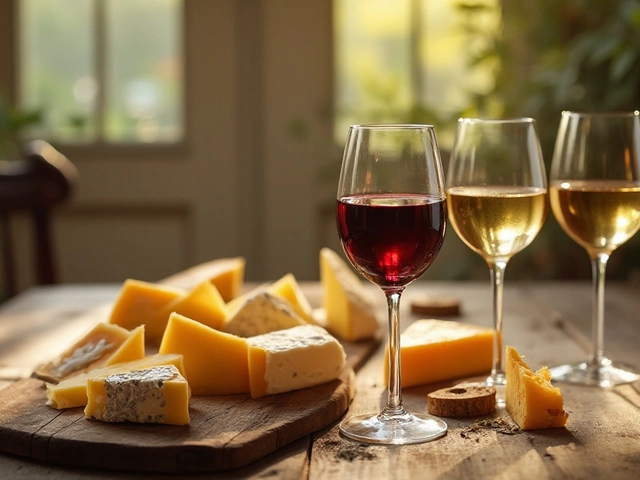Wine Quality – Spotting Good Bottles and Avoiding Faults
Ever wondered why some wines taste amazing while others fall flat? The answer lies in a few clear factors that you can actually see and smell. Knowing these basics saves money and makes every pour more enjoyable.
Key Factors That Define Wine Quality
First off, look at the wine’s balance. A balanced wine has acidity, sweetness, alcohol, and tannin that work together. If one element overpowers the rest, the wine feels off. Next, think about aroma. High‑quality wines usually have layered scents – fruit, spice, earth, even a hint of oak. When the nose is flat or smells like vinegar, the wine is probably past its prime.
Another clue is clarity. Clear, bright wine in the glass usually means it was made with care. Hazy or cloudy wine isn’t always bad, but it can signal filtration issues or age problems. Finally, consider finish. The taste that lingers after you swallow should be pleasant and last a few seconds. A short, sharp finish often points to lower quality.
Practical Tips for Assessing Quality at Home
Start with the bottle’s label. Look for reputable regions, known producers, and vintage years that match the style you like. While a pricey label isn’t a guarantee, reputable names usually maintain higher standards.
When you pour, give the wine a quick swirl. This releases aroma compounds and lets you see the wine’s legs – the streaks that form on the glass. Slow, thick legs can hint at higher alcohol, which isn’t good or bad, just a characteristic to note.
Take a sniff before the first sip. Ask yourself: do you hear fruit, flowers, or spices? If the nose is muted or smells like wet cardboard, that’s a red flag. For the taste, sip and let it coat your tongue. Check if the flavors match the aromas and if any harshness appears.
Don’t forget temperature. Serving red wine too warm can mask its structure, while serving white too cold can mute its aromas. Aim for 60‑65°F for reds and 45‑50°F for whites.
Lastly, trust your gut. If something feels off, it probably is. Over time, you’ll build a mental library of what good‑quality wines taste like, and you’ll spot the difference faster.
By focusing on balance, aroma, clarity, and finish, you can make smarter choices whether you’re buying from a shop or tasting at a party. These simple steps turn a confusing wine list into an enjoyable adventure.
Ever noticed those streaks running down your wine glass and wondered what they're all about? This article breaks down what wine legs really mean, why they form, and whether they say anything important about quality. Get no-nonsense tips on how to read them, spot myths, and actually use them the next time you're tasting wine. No fluff, just practical info you can use. Perfect for anyone who's stared at their glass and asked, 'So what?'
View Details

